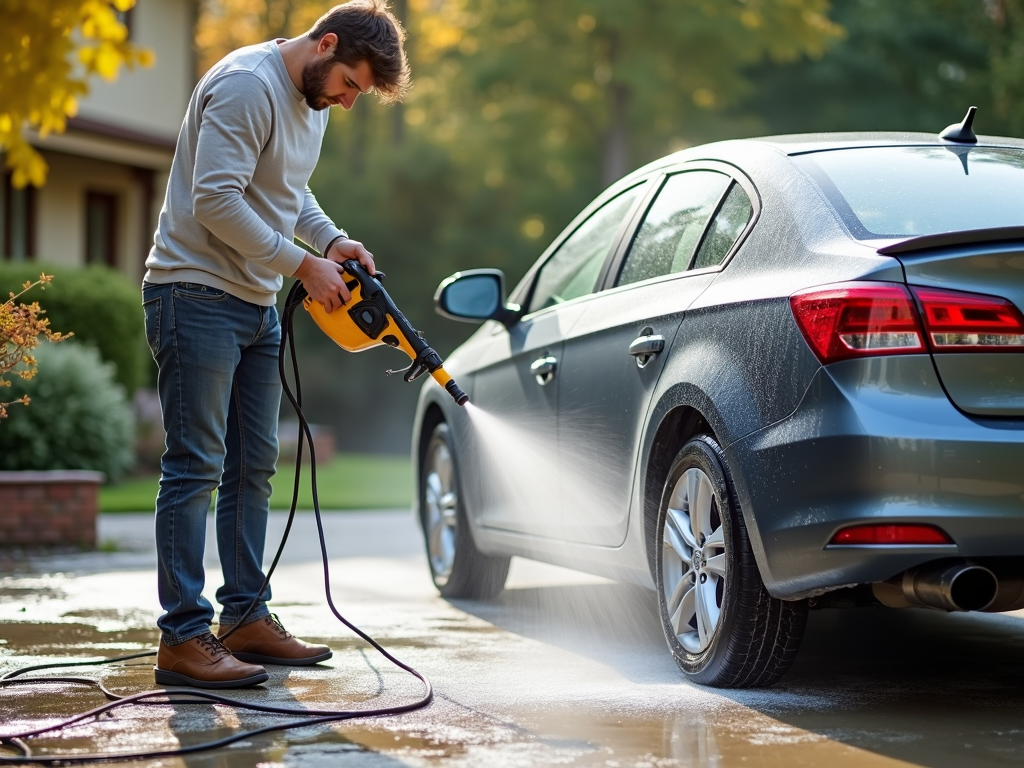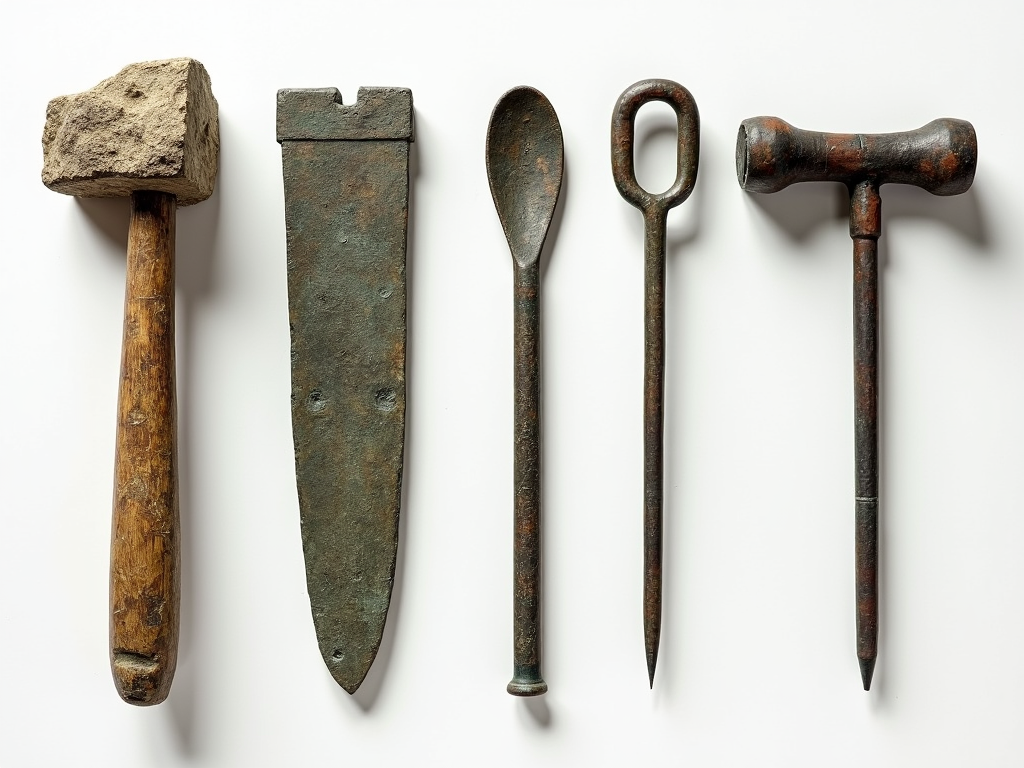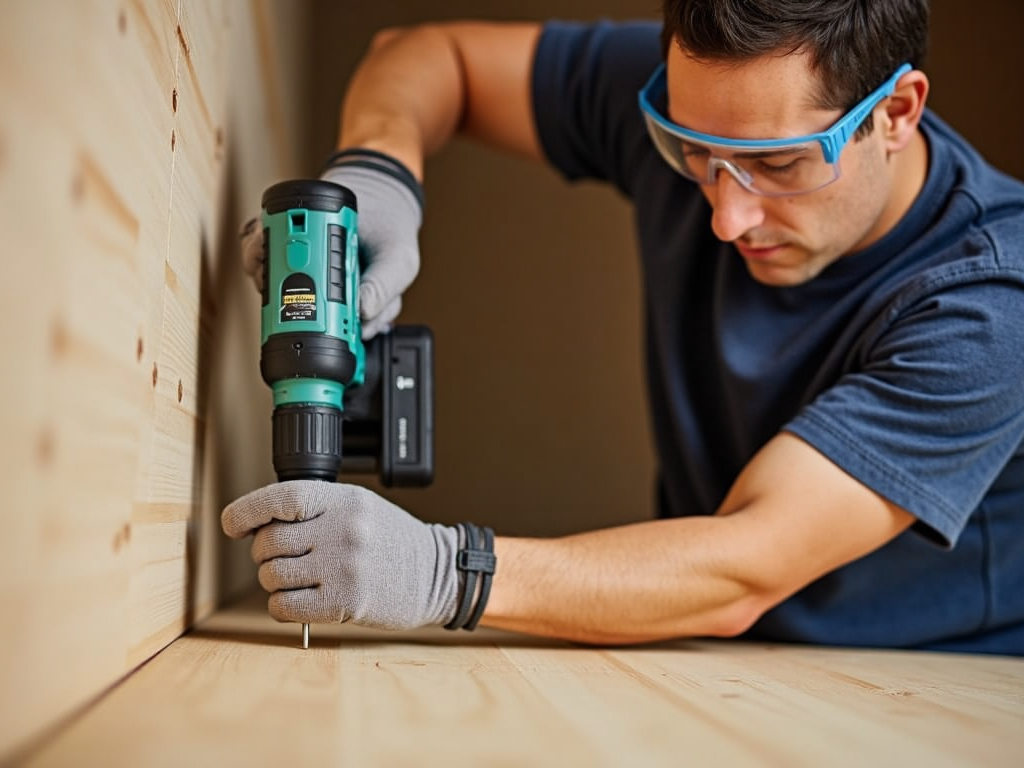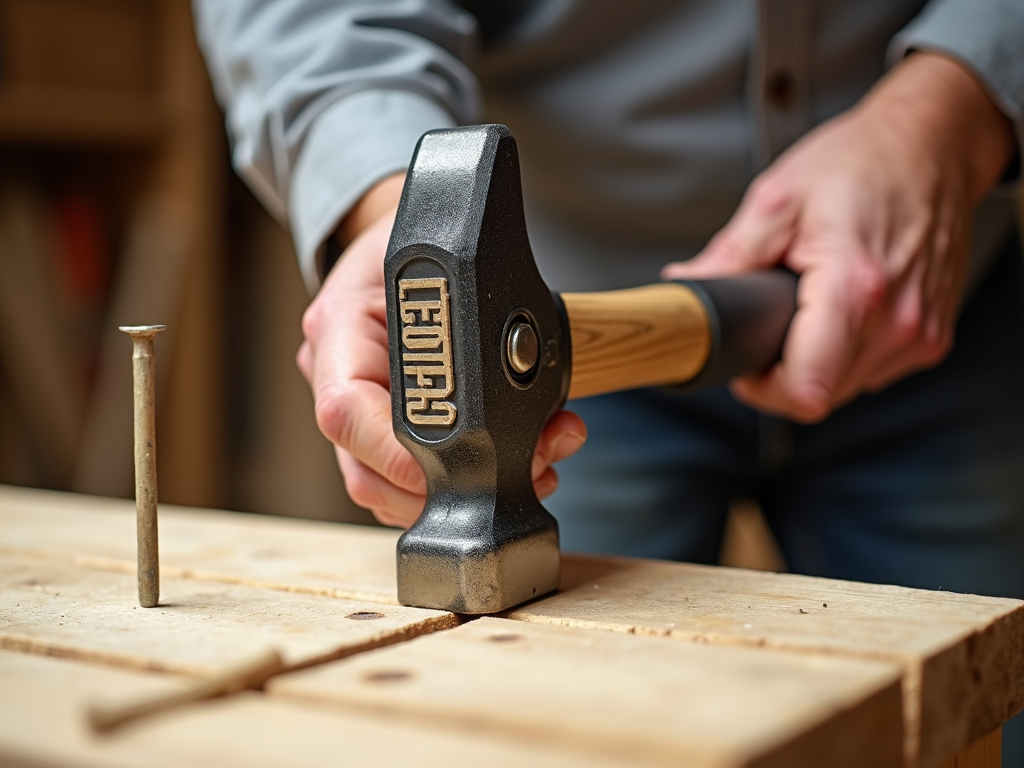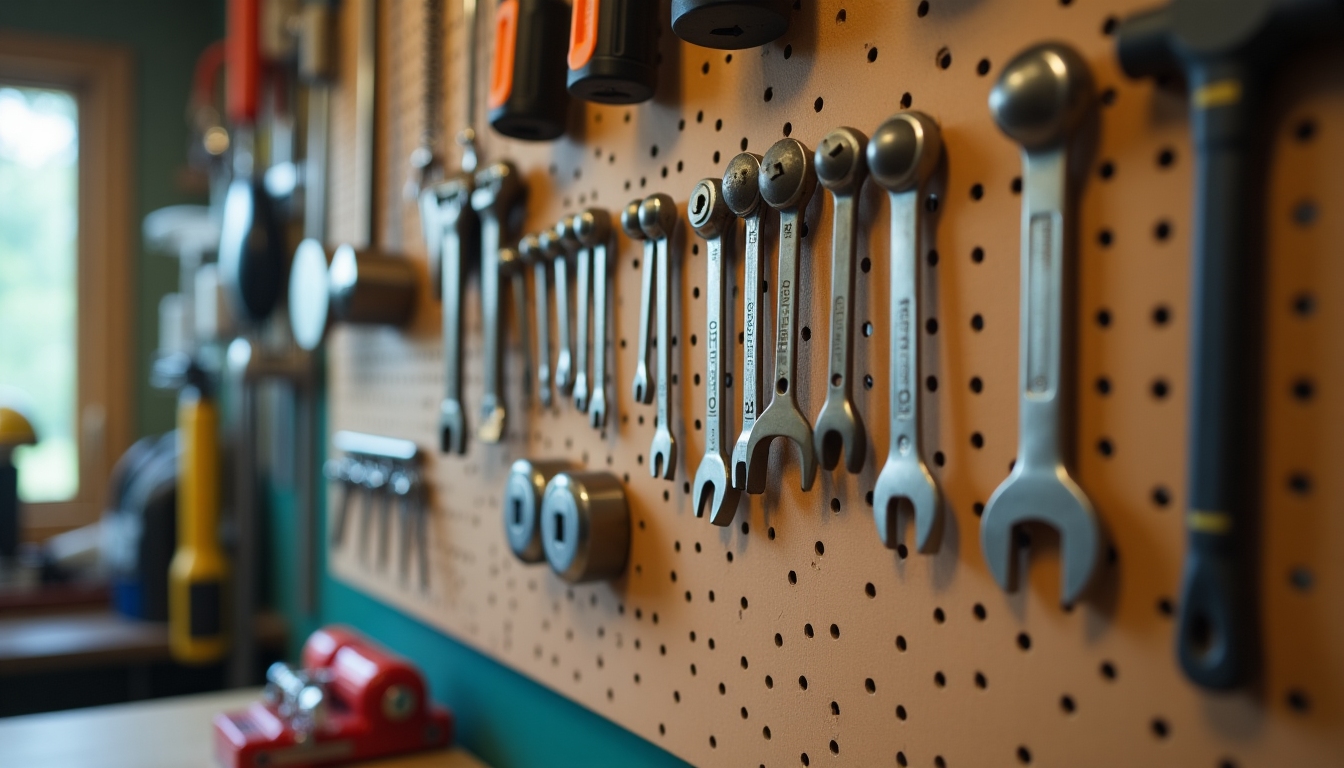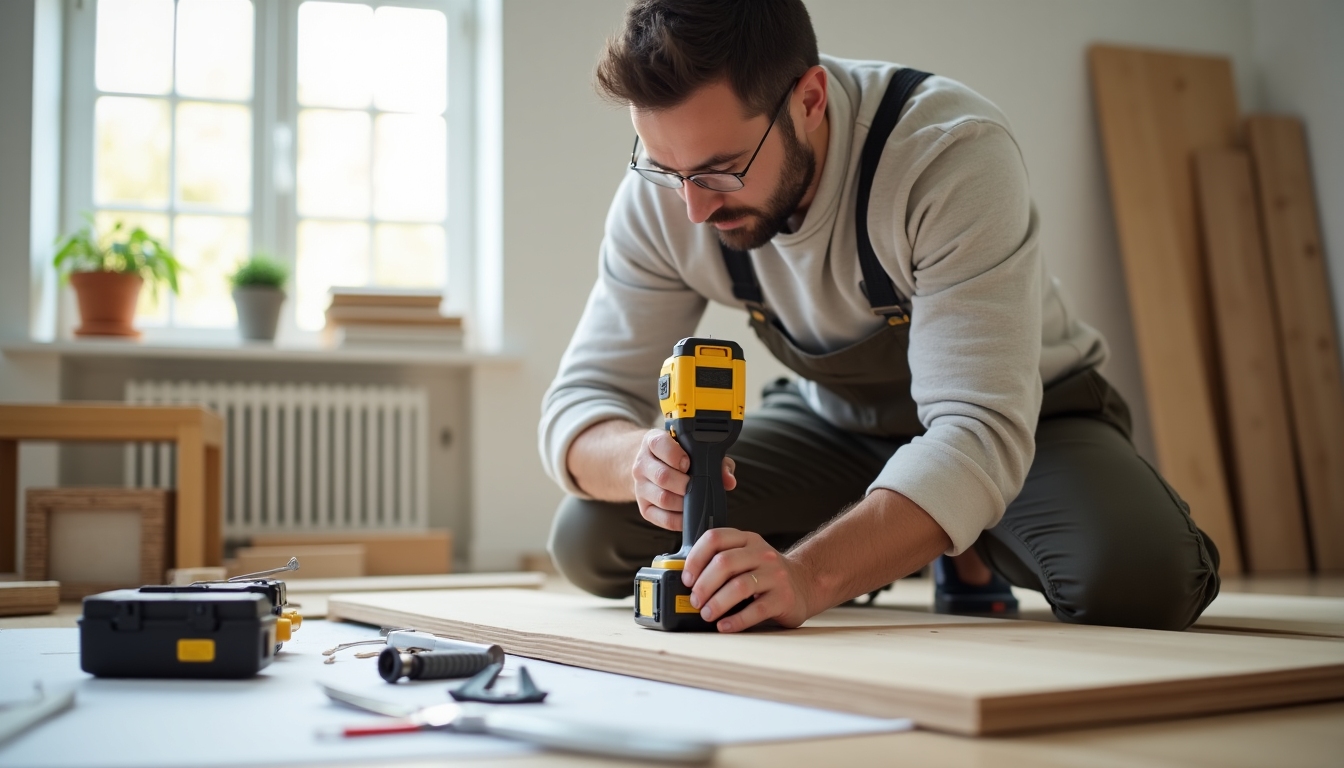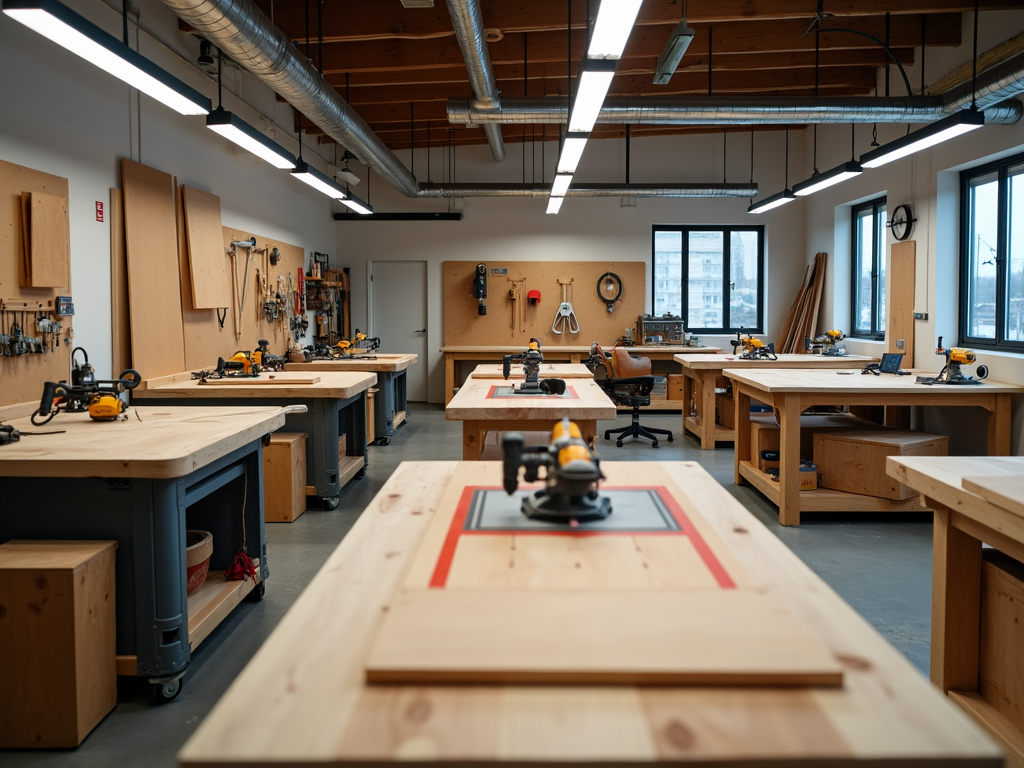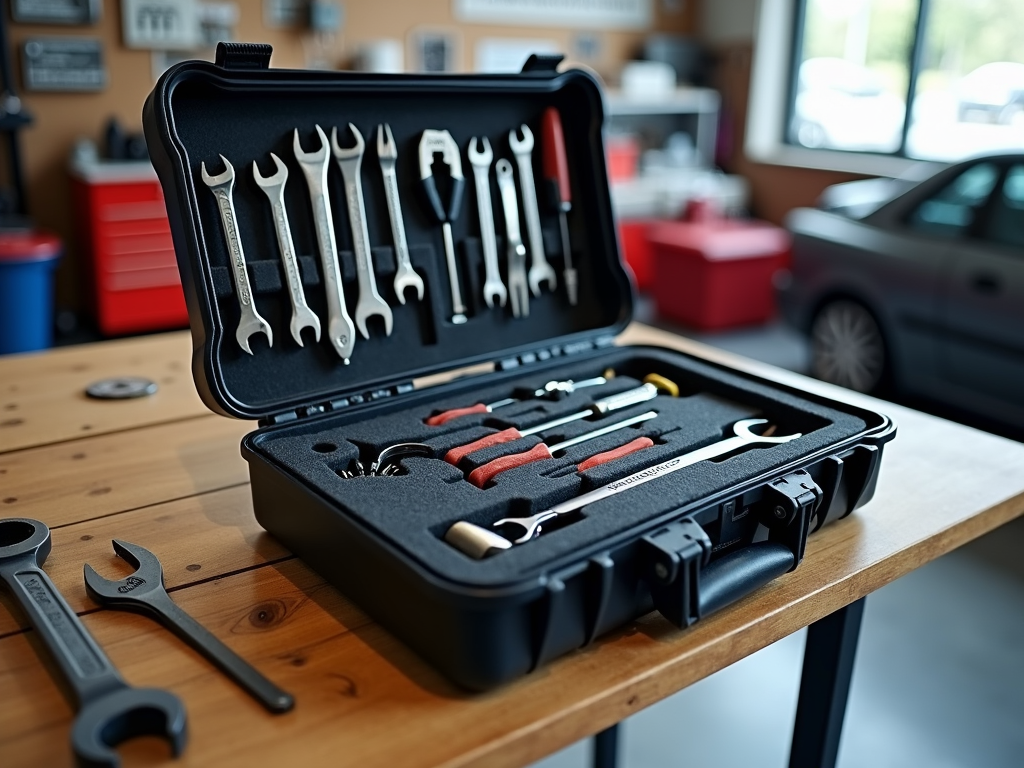Power washers are fantastic tools for cleaning tough dirt and grime, but they can run into problems. This guide walks you through power washer troubleshooting and repair, offering practical steps to fix common issues. Whether it’s a weak spray or a stubborn engine, you’ll find solutions here to keep your power tools working smoothly.
What Are Power Washers?
Power washers, sometimes called pressure washers, blast high-pressure water to clean surfaces like driveways, decks, and cars. You’ll find two main types: electric ones, which are lightweight and great for small jobs, and gas-powered models, which pack more punch for bigger tasks. I’ve used both over the years, and each has its strengths. But no matter the type, things can go wrong, and knowing how to troubleshoot is a game-changer.

Common Problems with Power Washers
When your power washer acts up, it’s usually one of these culprits: - Loss of Pressure: The spray weakens, making cleaning slow. - Water Leaks: You spot water dripping from hoses or connections. - Engine Trouble (Gas Models): The engine sputters or won’t start. - Motor Issues (Electric Models): The motor stops or hums without running. - Clogged Nozzle: The spray is uneven or barely comes out. - Pump Problems: The pump groans or fails to build pressure.
I once had a nozzle clog ruin a Saturday project—knowing these issues helps you spot them fast.

How to Troubleshoot Your Power Washer
Troubleshooting your power washer doesn’t need to be complicated. Start with these steps to pinpoint the problem: 1. Check the Water Supply: Make sure the faucet is on full and the hose isn’t kinked. 2. Look at the Nozzle: Take it off and see if it’s blocked. 3. Test the Power: For electric models, plug it into a different outlet. For gas ones, check the fuel and spark plug. 4. Inspect the Pump: Look for leaks or listen for odd noises. 5. Clean Filters: Pull out and rinse any screens in the water inlet.
This method saved me hours when my electric washer quit mid-job—turns out the filter was packed with debris.
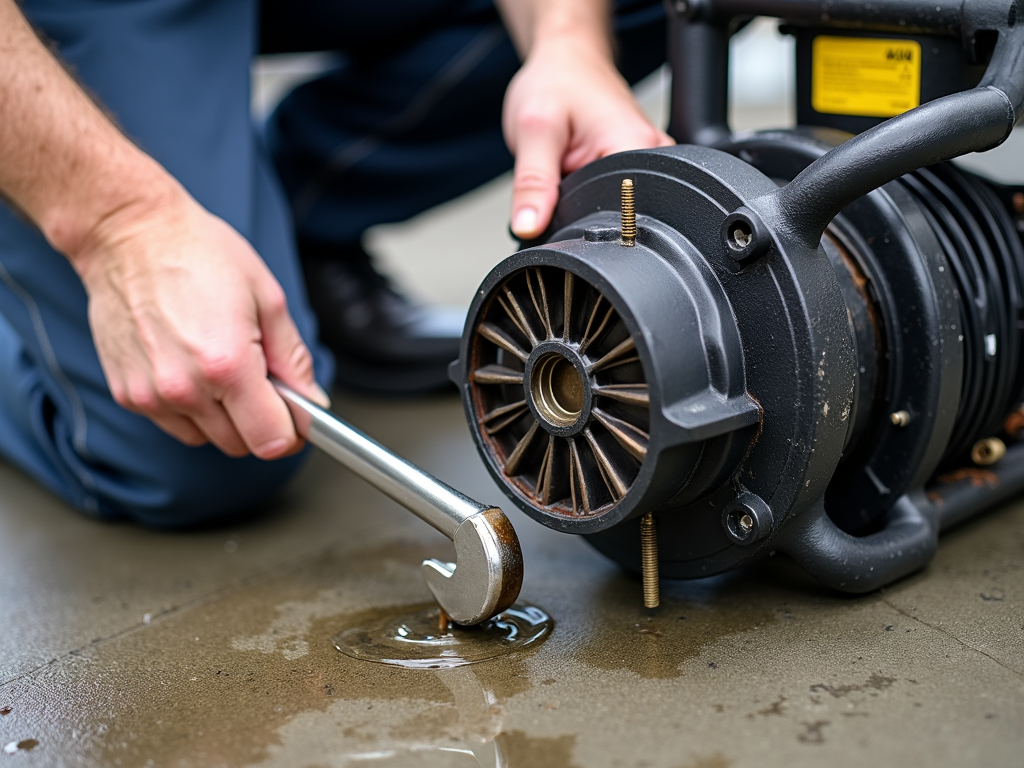
Step-by-Step Repair Techniques
Once you know the issue, fixing it is next. Here’s how to handle some common repairs:
Clearing a Clogged Nozzle
- Turn off the power washer and unplug it or shut off the gas.
- Remove the nozzle from the wand.
- Poke out debris with a thin wire or pin, then rinse it.
- Put it back and test the spray.
Stopping Water Leaks
- Find where the water’s coming from.
- Tighten loose fittings with a wrench.
- Swap out worn seals or O-rings if tightening doesn’t work.
Fixing a Pump
- Check your manual—pumps vary by model.
- Disconnect everything, then remove the old pump.
- Install the new one and secure all connections.
Safety comes first, so wear gloves and goggles. I learned that the hard way after a splash-back incident!

Preventive Maintenance Tips
Keep your power washer running longer with these habits:
| Task | How Often | Why It Helps |
|---|---|---|
| Flush with water | After each use | Removes leftover soap or dirt |
| Check hoses | Monthly | Spots wear before leaks start |
| Store properly | Always | Prevents rust or damage |
- After Use: Run clean water through it and wipe it down.
- Regularly: Look over hoses and lubricate parts if the manual says to.
- For Gas Models: Change oil yearly and check the spark plug.
I started doing this after a pump seized up from neglect—it’s worth the effort.
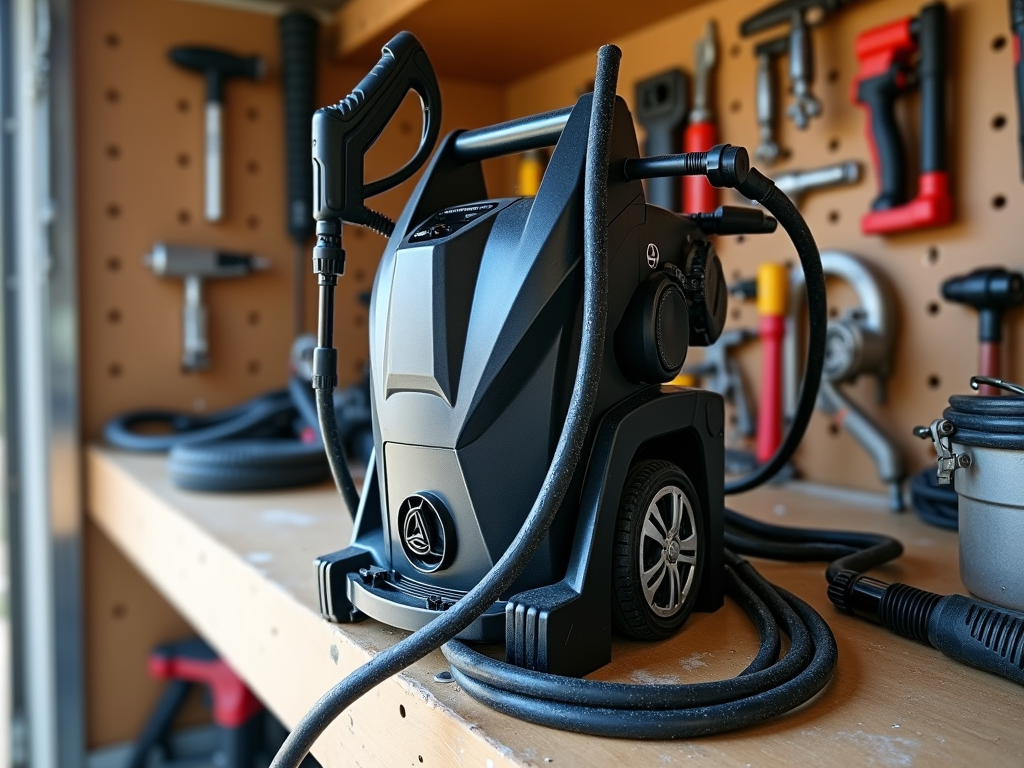
Real-Life Insights
I’ve tackled plenty of power washer troubleshooting and repair over the years. One time, my gas model wouldn’t start after sitting all winter. A fresh spark plug and some clean fuel fixed it in 20 minutes. Another time, a friend called me over when his electric washer kept cutting out—turns out a frayed cord was the issue, and a quick replacement got it humming again. These experiences taught me that most fixes are simple if you know where to look.
Expert Tips and Resources
For trickier problems, check your manual or sites like Husqvarna’s support page for model-specific advice. Experts say 80% of power washer issues come from poor maintenance—so don’t skip it! If you’re stuck, local repair shops can handle complex pump or motor fixes.

Wrapping It Up
Power washers are handy power tools, but they need care to stay reliable. This guide covered power washer troubleshooting and repair, from spotting problems to fixing them yourself. Stick to regular maintenance, and you’ll avoid most headaches. For bigger issues, don’t hesitate to call a pro—better safe than sorry!
Related power washer troubleshooting and repair:
- Electric vs. Gas Power Washers: Which Wins?
- How to Balance Work and Life in the Trades
- The Ultimate Guide to Hand Tools
- How to Choose the Best Power Tools for Your Needs
- Ergonomic Hand Tools for Reduced Strain: A Comprehensive Guide
- Organizing Your Workshop: Maximizing Space and Efficiency
- Choosing the Best Power Tools for Home Projects: A Comprehensive Guide
- Advanced Safety Techniques for Experienced Metalworkers
- Innovative Workman Tools in 2024: A Game Changer for Workshops
- Tool Maintenance Tips for Mechanics: Keeping Your Tools in Top Shape
- How to Organize Your Tool Collection for Maximum Efficiency
- Safety First: Essential Gear for Workman Tool Users
